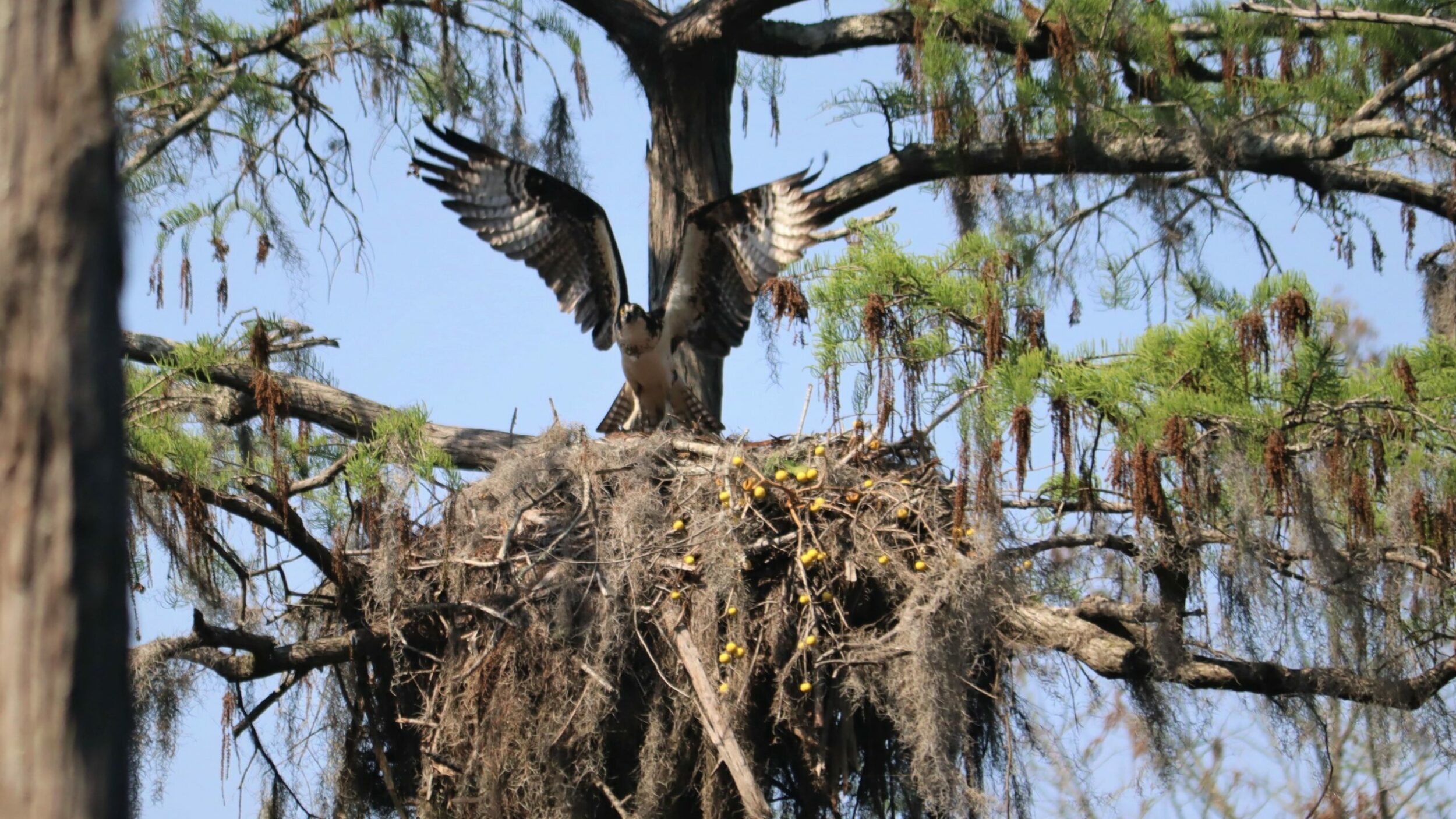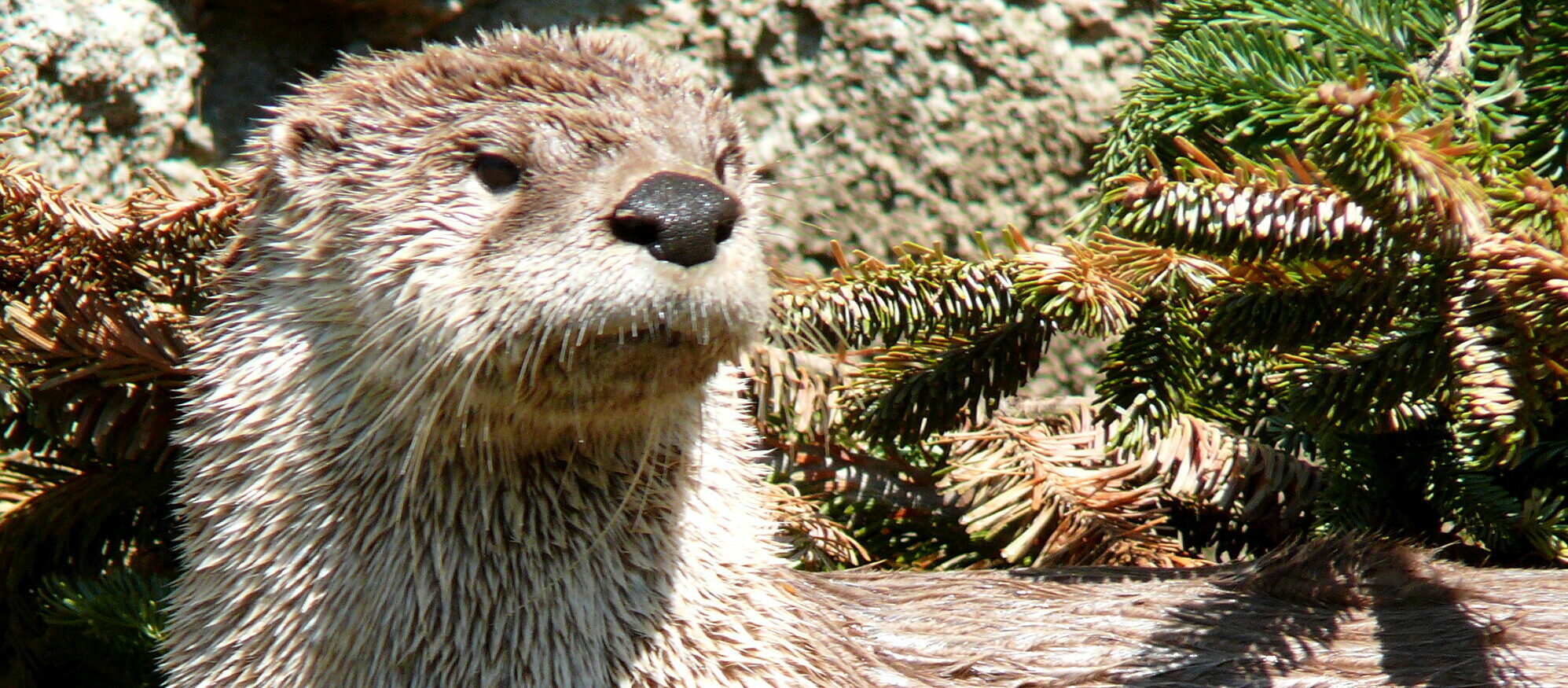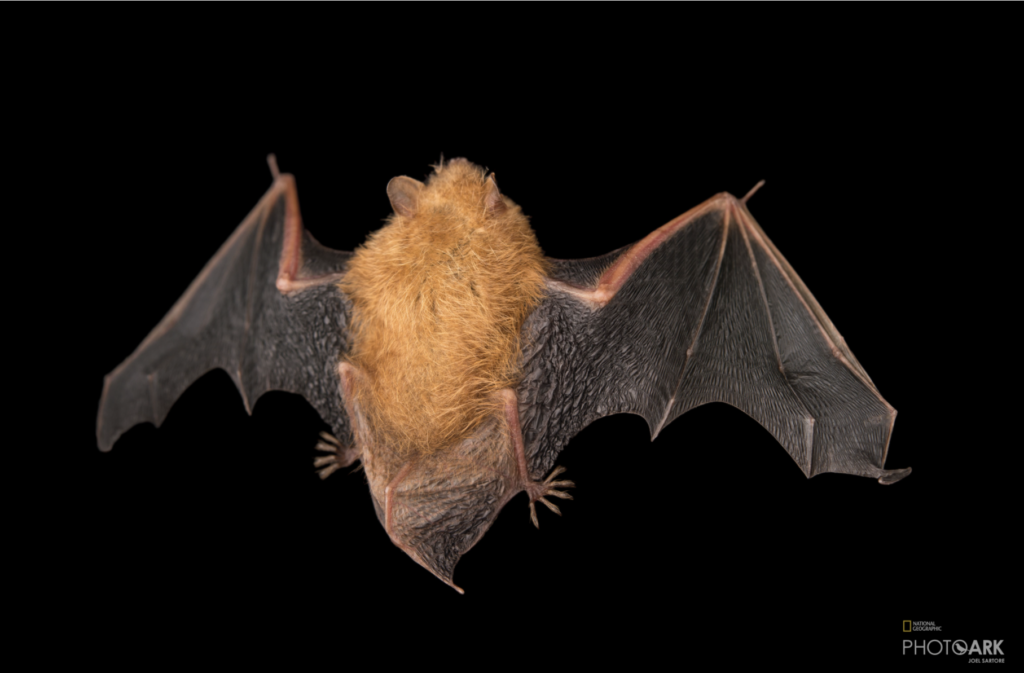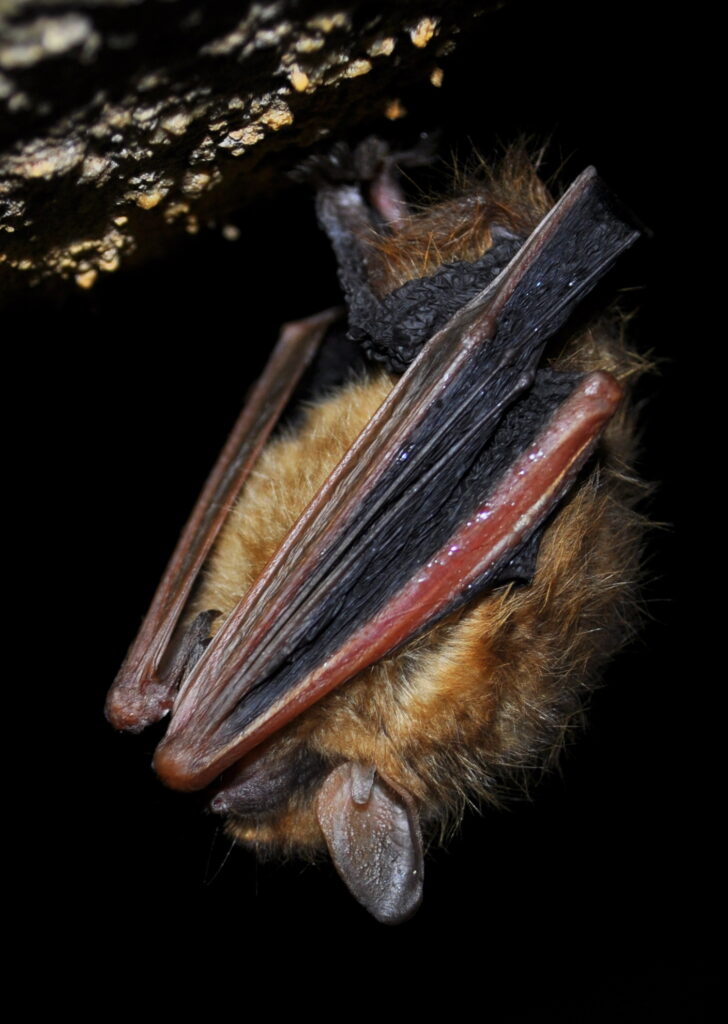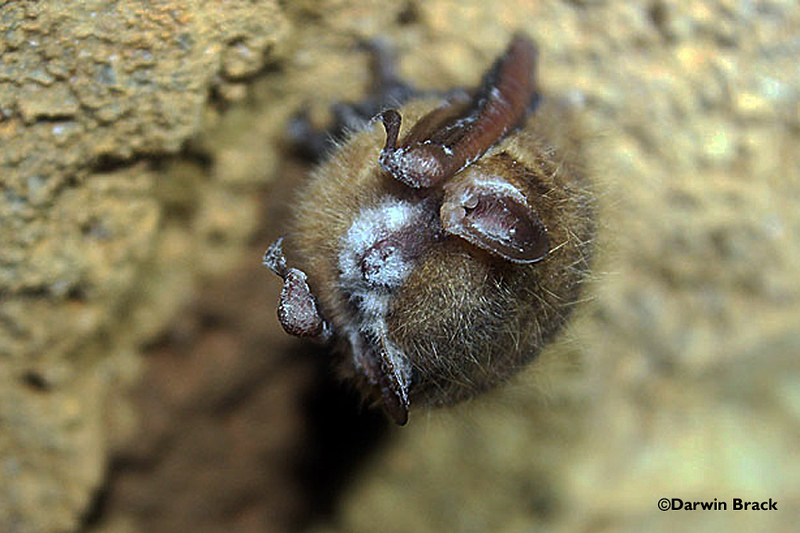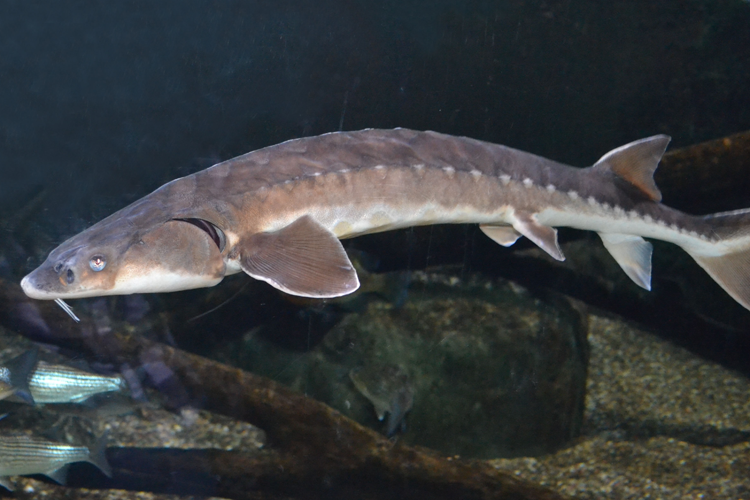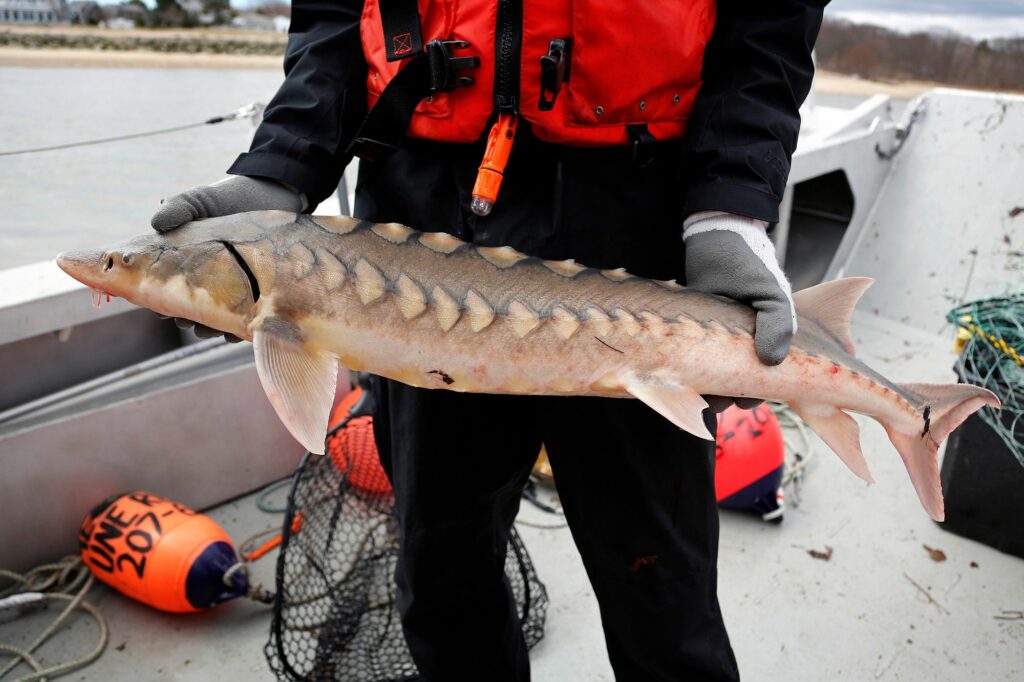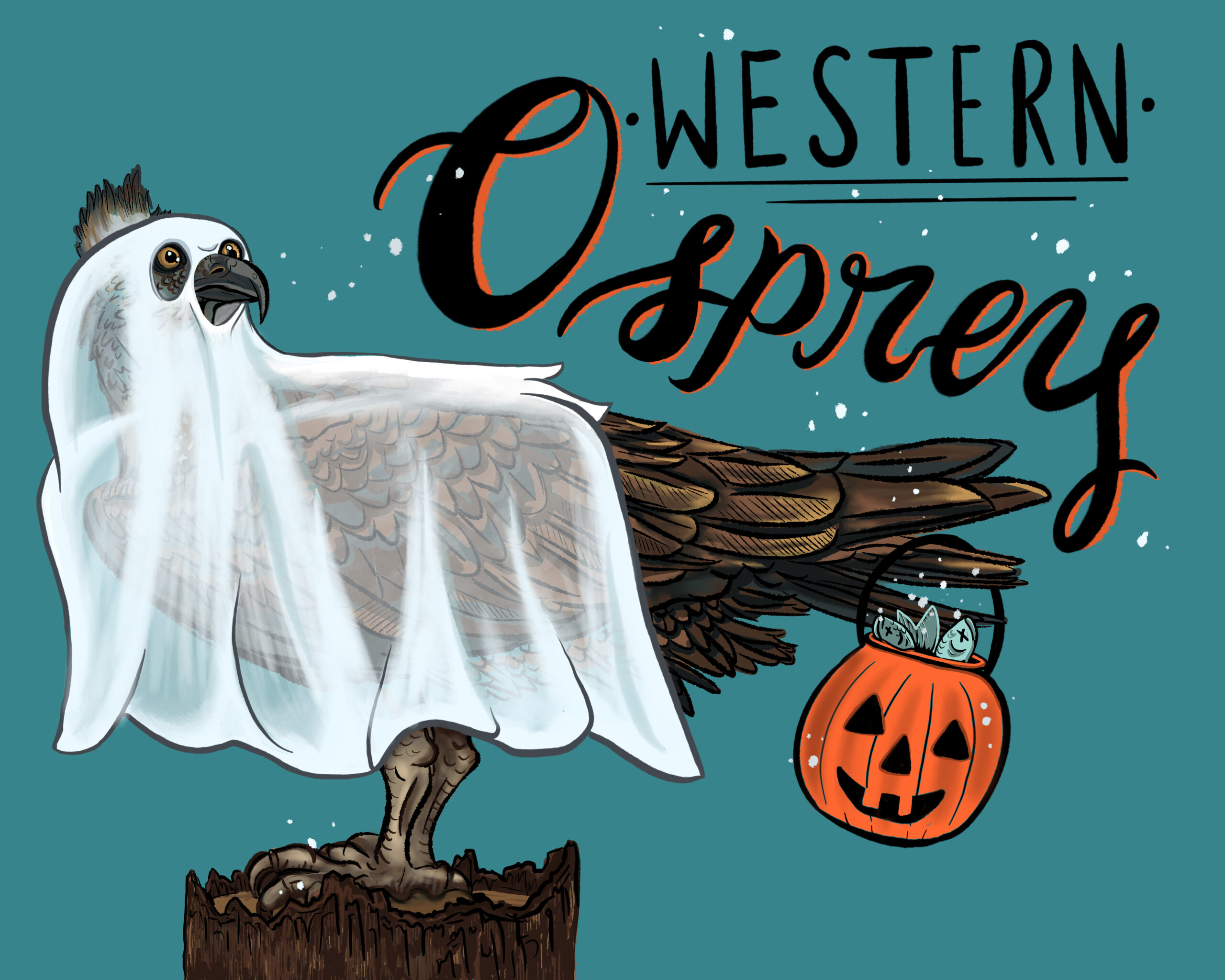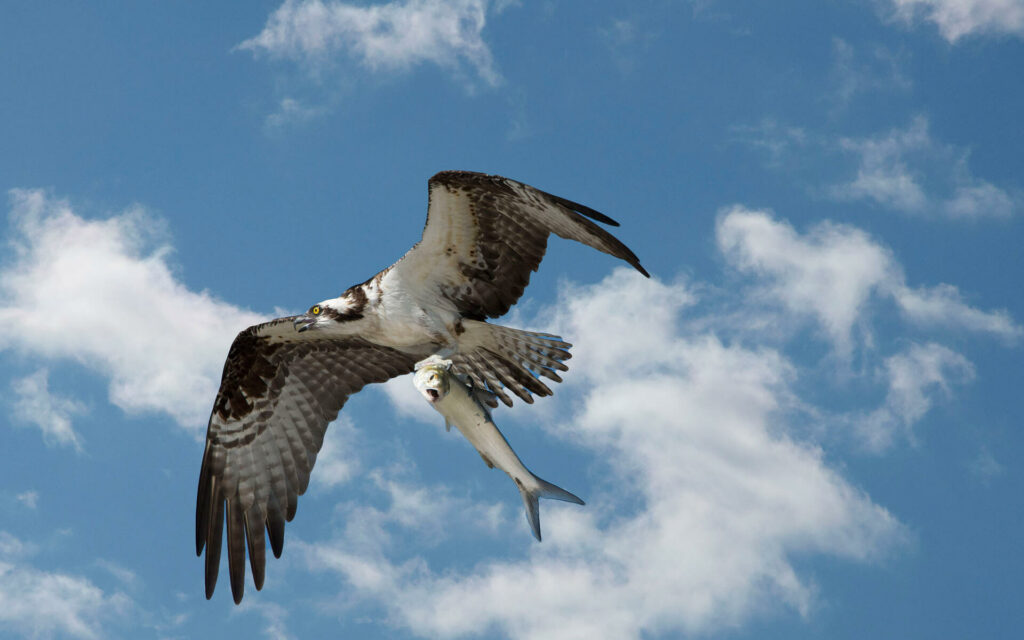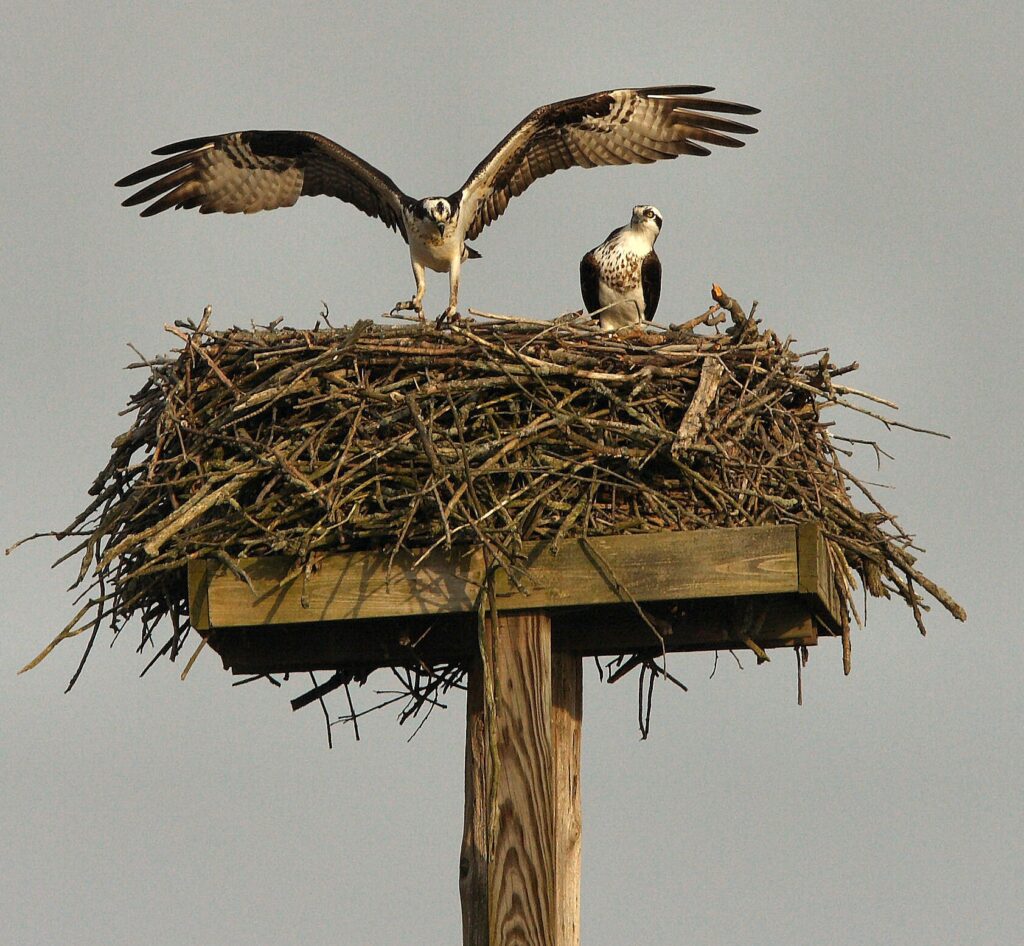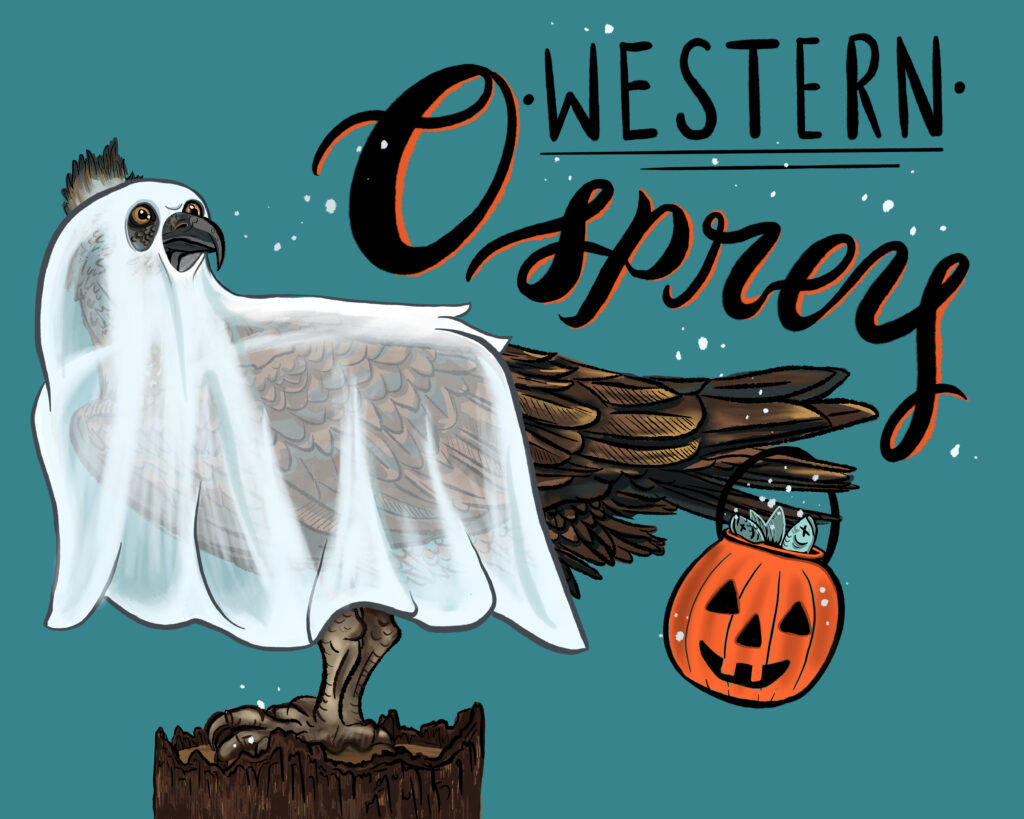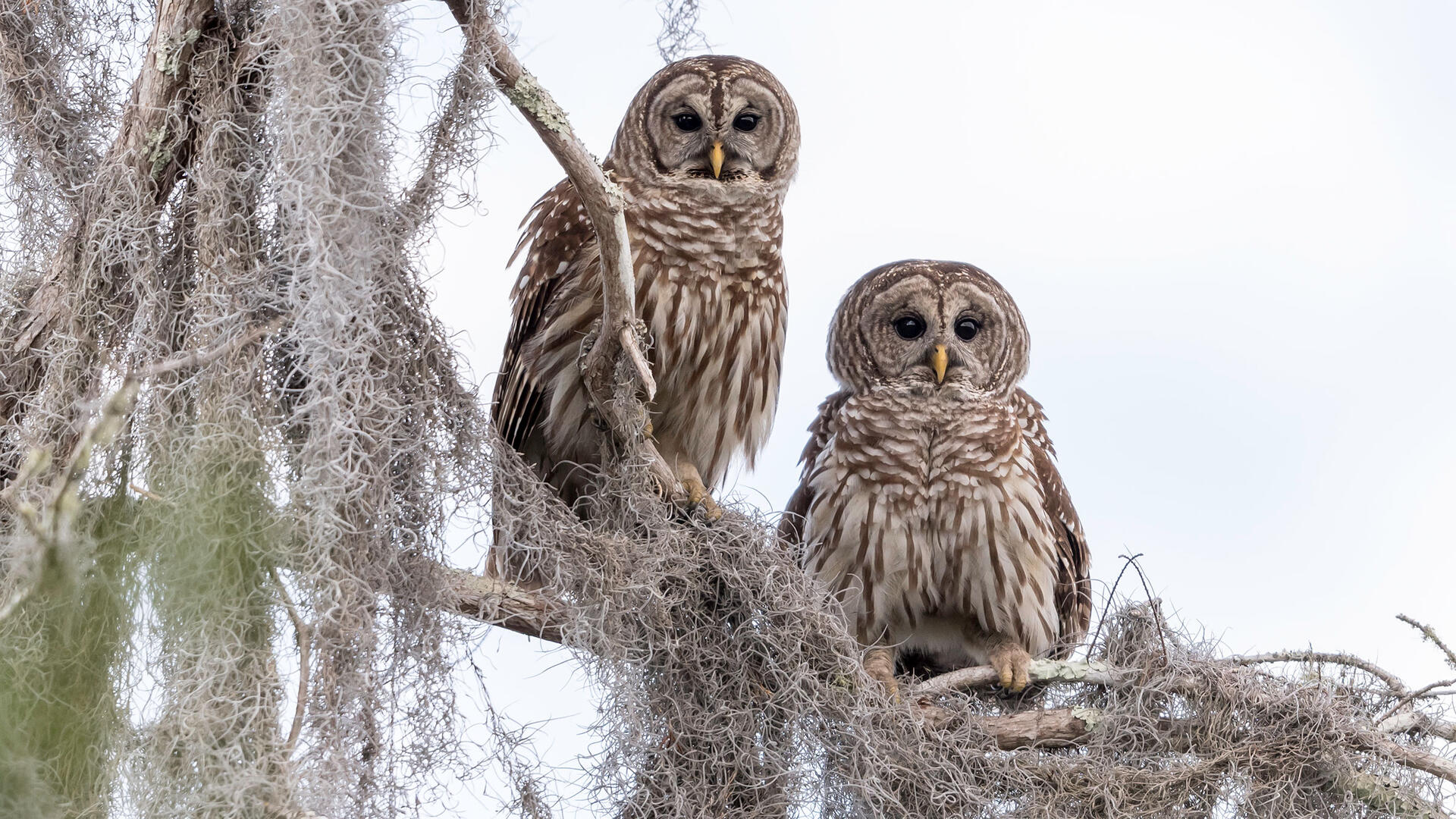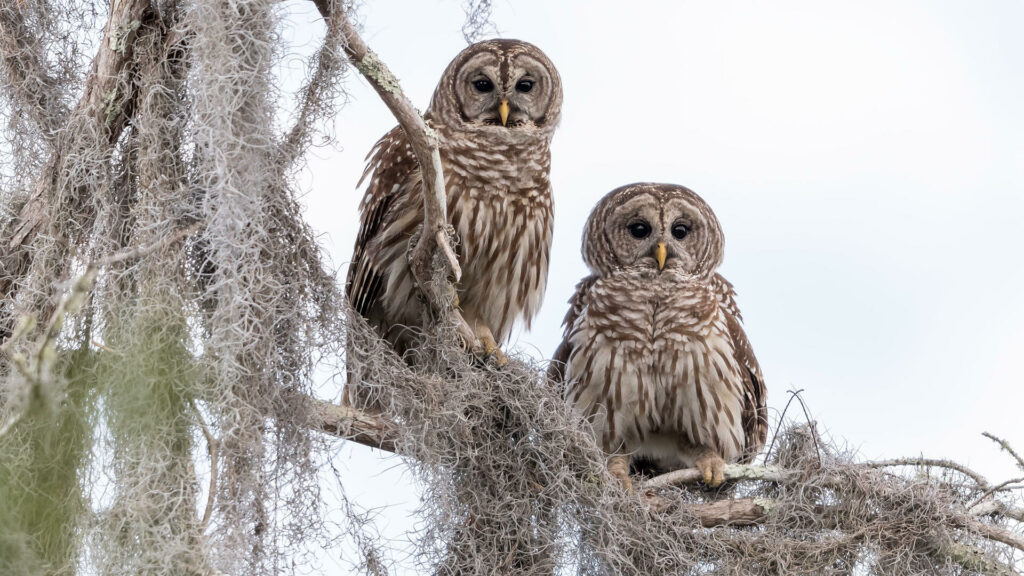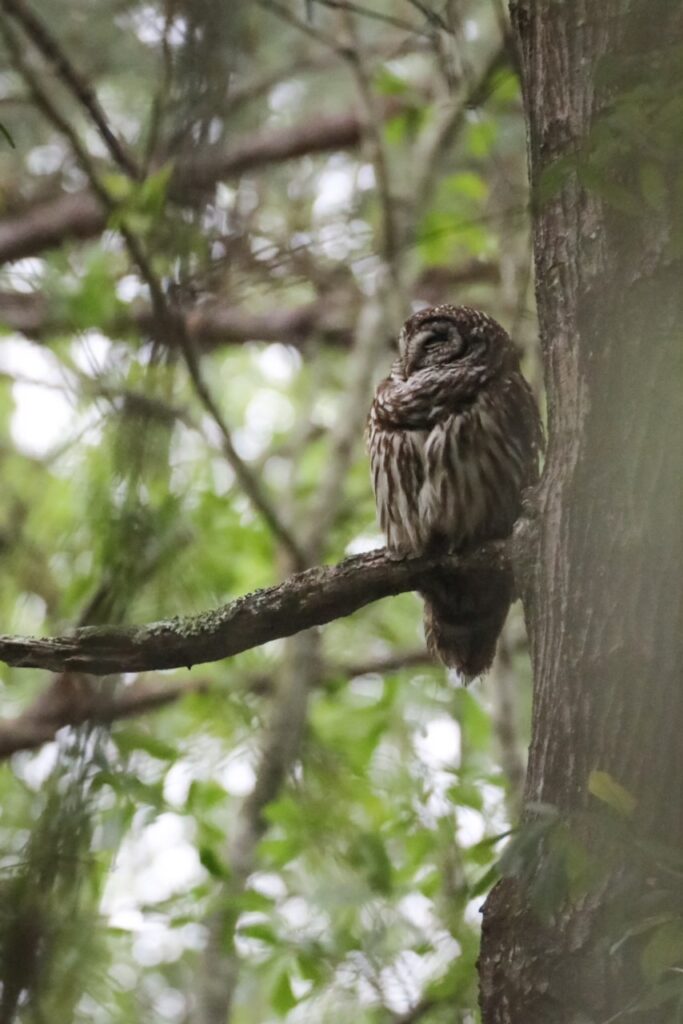Lontra canadensis
North American river otter
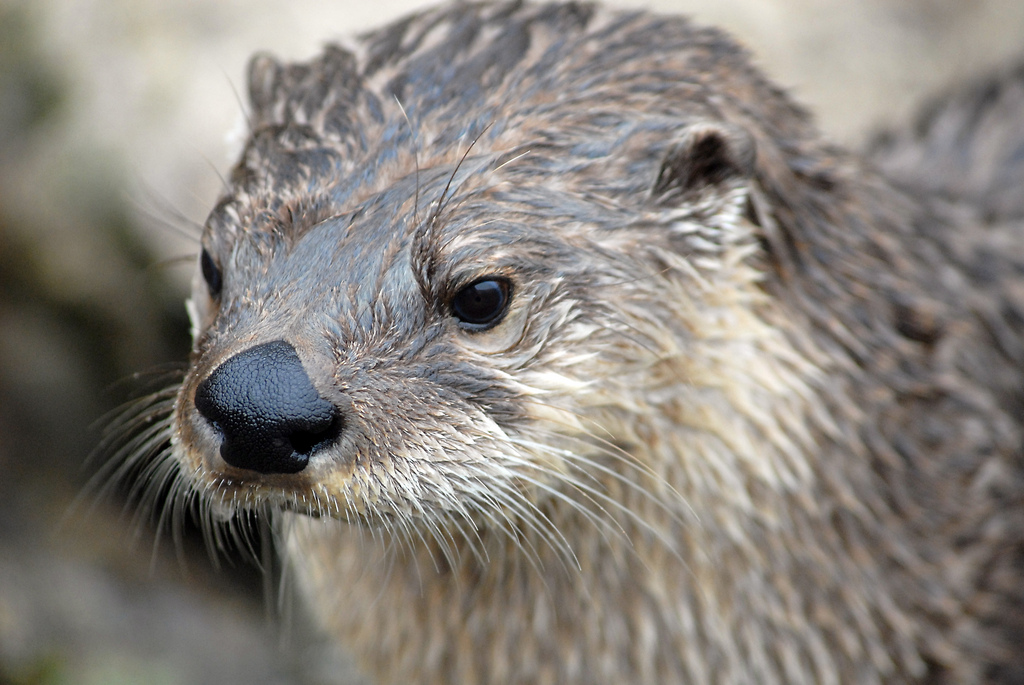
River otters can thrive in a variety of environments – hot, cold, low lying, mountainous – including freshwater and coastal marine habitats, like rivers, lakes, marshes, swamps, and estuaries. They need a healthy environment with plentiful food sources, and they will quickly move to other environments if there is pollution in their area. Water quality issues and loss of aquatic or wetland habitats pose long-term threats to the overall health of river otter populations.
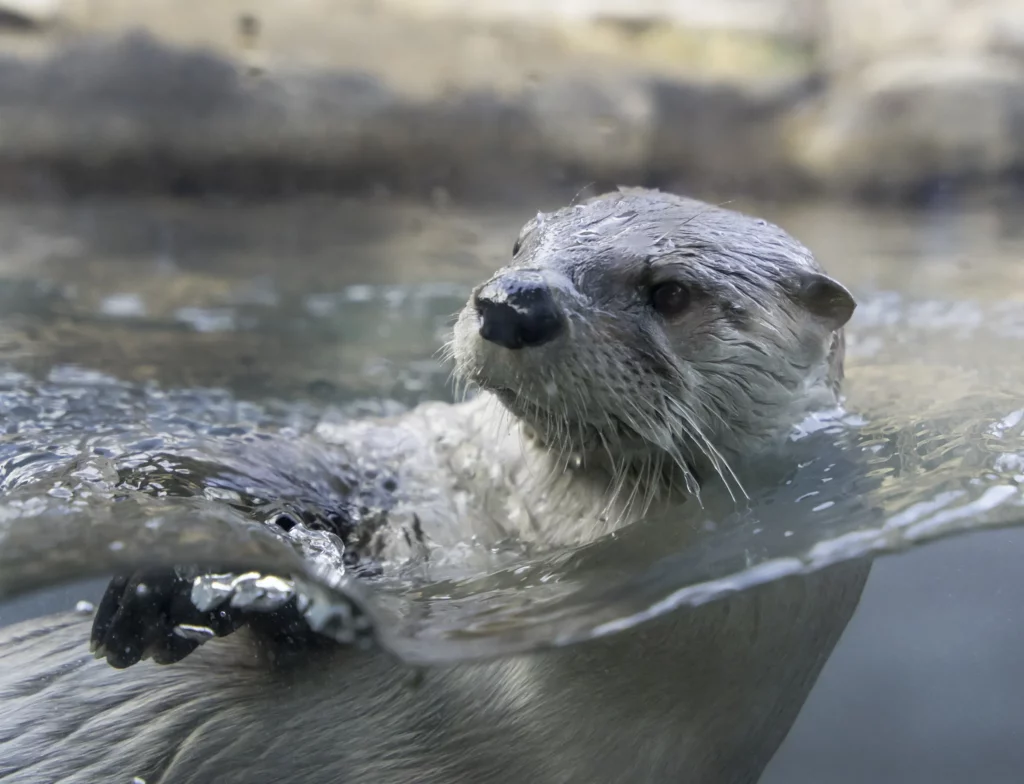
They are semi-aquatic animals, meaning they live in and near water, but are land mammals. Their soft, dense fur keeps them warm in the variations of their environment. They have tiny ears and nostrils which they will close up when going underwater to hunt and fish. Their webbed feet help them swim while their claws allow them to dig up food or pry open prey. In the Ogeechee River basin, their main prey is crayfish.
River otters make their dens in the burrows of other mammals or in natural hollows, such as under a fallen tree, or tucked into river banks. They build underwater entrances for their dens, which protect a nest that otters will line with leaves, grass, moss, bark, and hair. Otter families tend to respect the boundaries of other otter territories.
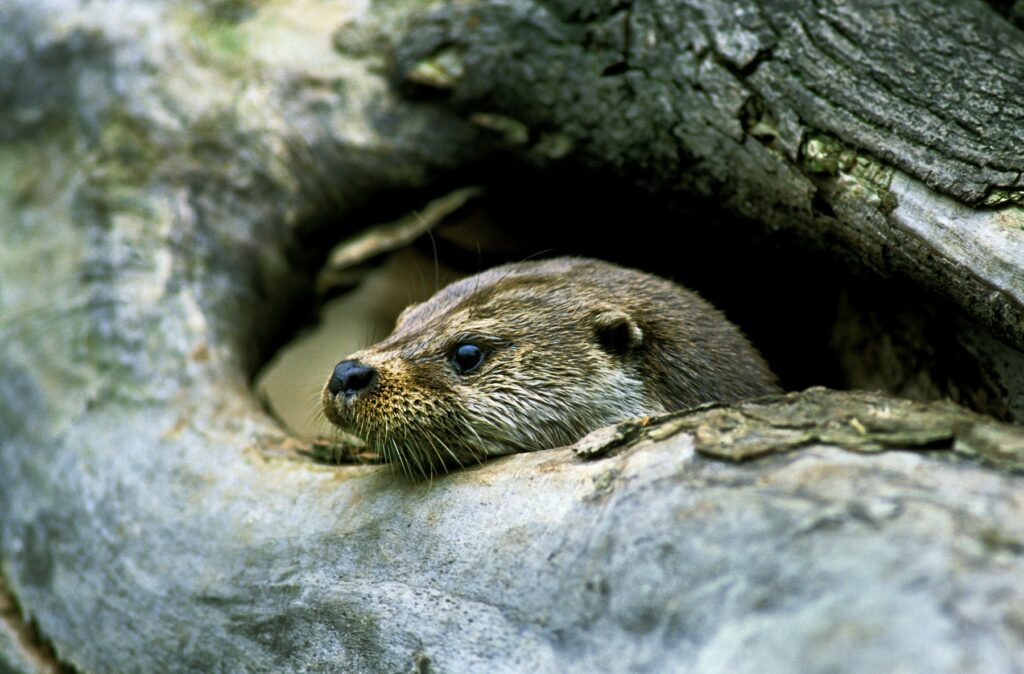
Mating pairs will give birth to one to six pups per year, usually in the spring. They need their mother until they are about three months old. River otters can live more than 20 years in captivity, but typically live about nine years in the wild. Males can reach 25 pounds and females average about 18 pounds when they are adults. Their tail is about a third of their length.
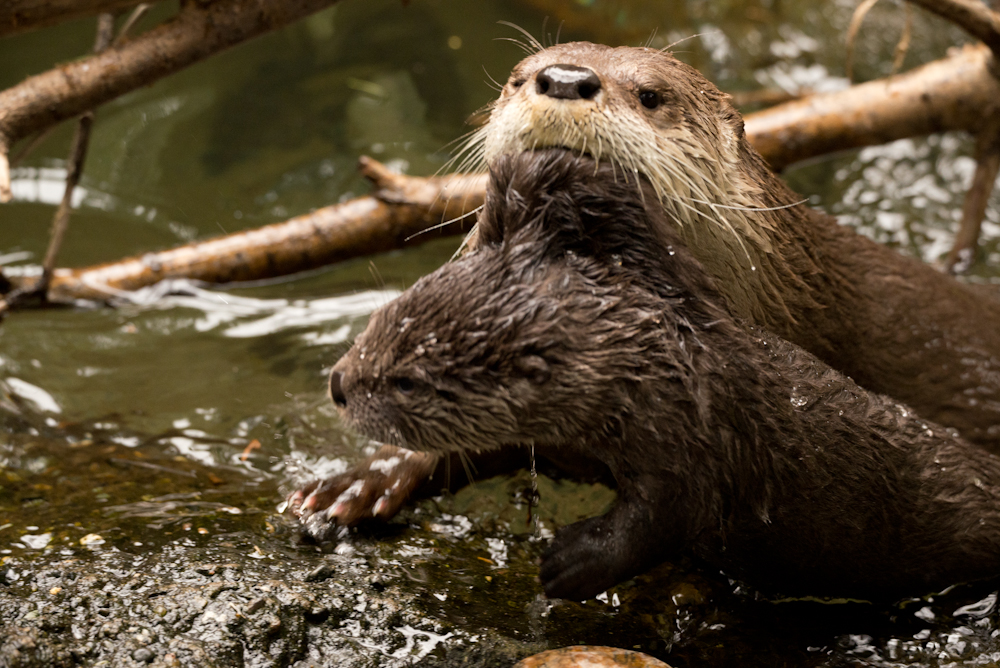
They can stay underwater for about eight minutes and typically hunt at night. They are known for being “playful” as they can often be seen diving and swimming in waterways. They are also noted for using tools, such as rocks, to open the shells of the bivalves.
